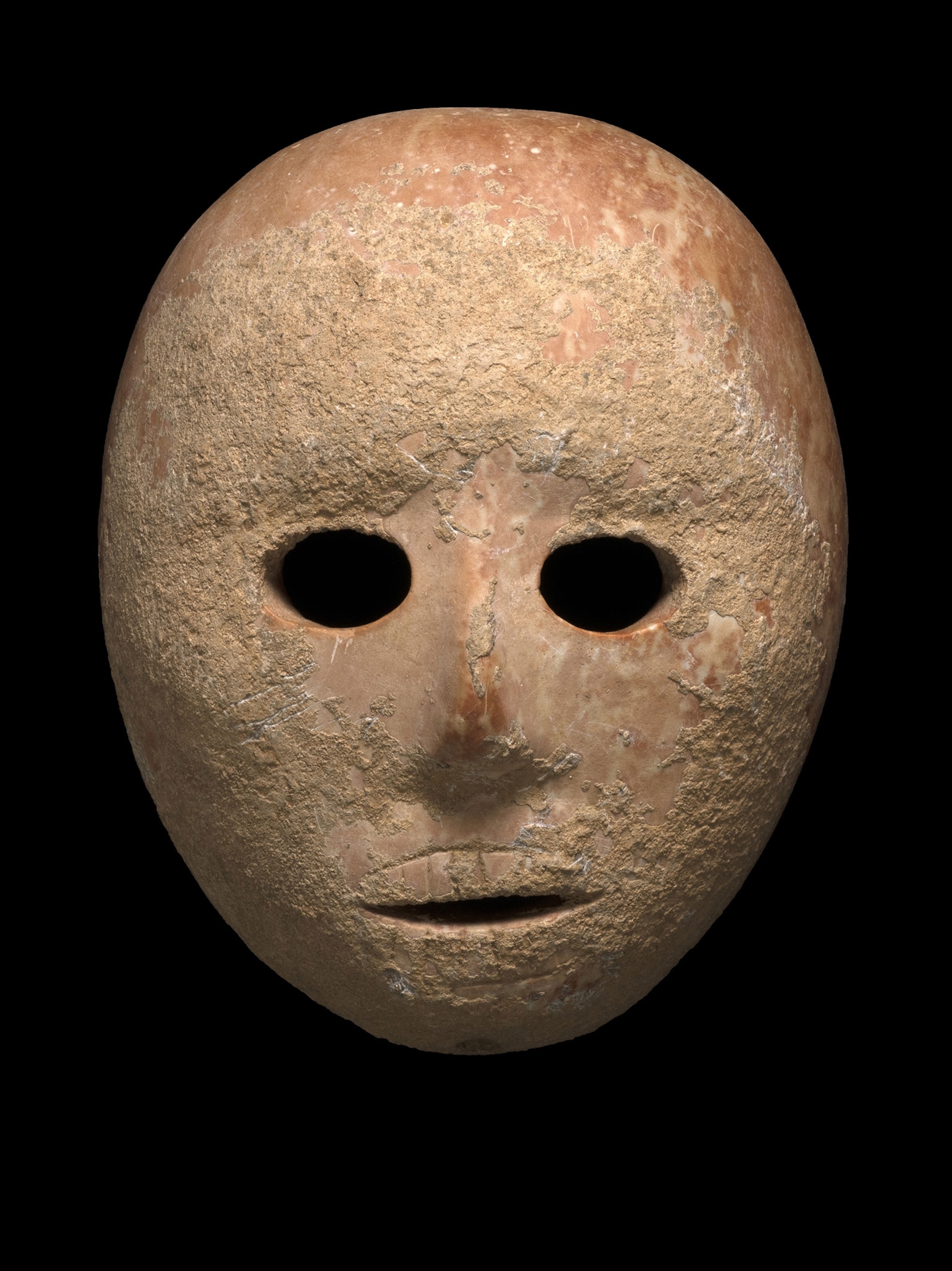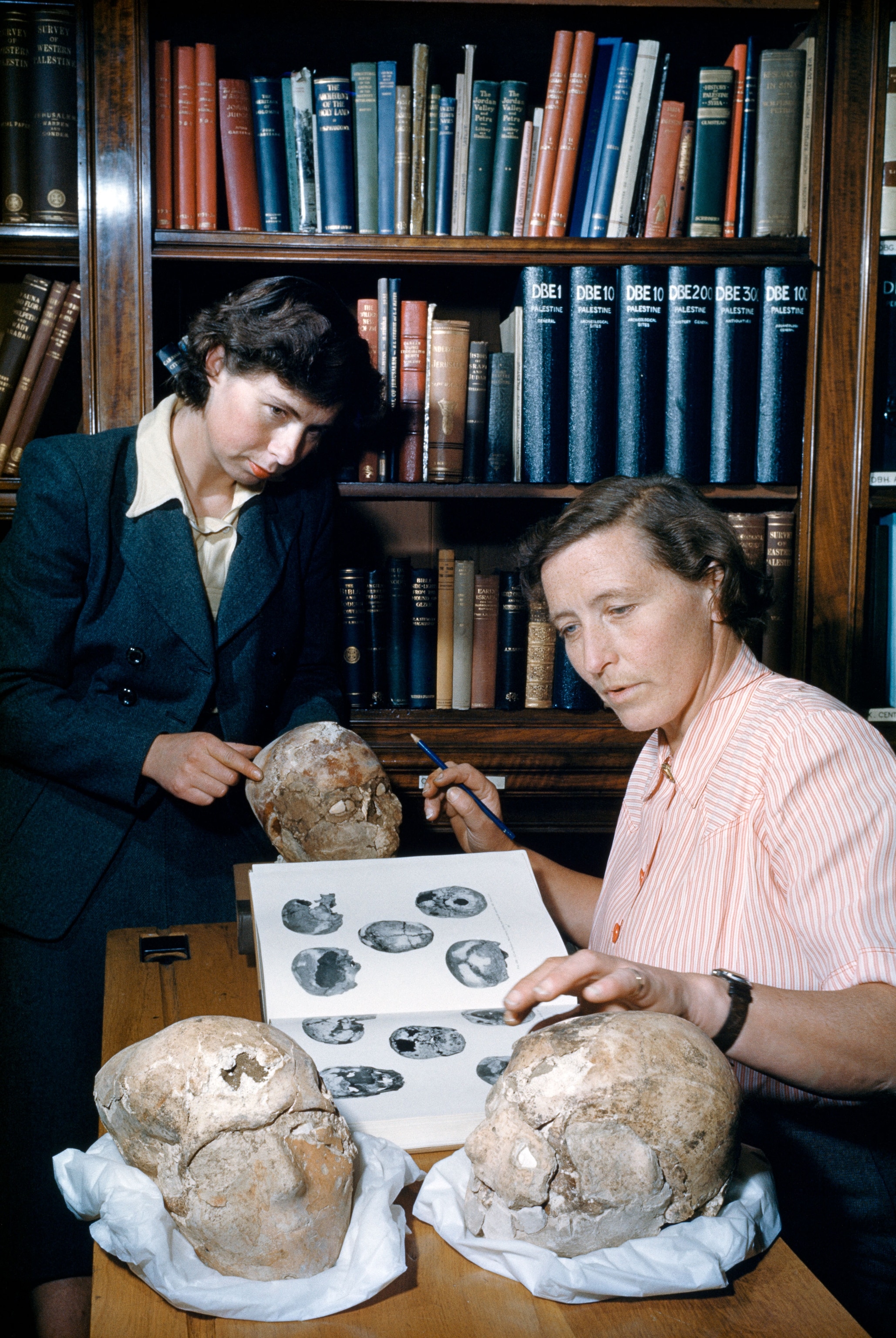Introduction
With their captivating, enigmatic expressions and a history stretching back over 9,000 years, the stone masks discovered in the Judean desert region of the southern Levant are truly remarkable artifacts. These haunting, human-sized faces carved from soft limestone have long captivated the imagination of archaeologists and the public alike.
The recent discovery of a 16th such mask by the Israel Antiquities Authority (IAA) has once again thrust these mysterious relics into the spotlight. This new find not only adds to the small but significant collection of these ancient artifacts, but also reignites ongoing discussions about their purpose and authenticity.
In this blog post, we’ll delve into the fascinating history and significance of these Neolithic stone masks, explore the latest discoveries and theories surrounding them, and examine the controversies that continue to swirl around these enigmatic cultural treasures.

The Remarkable Neolithic Stone Masks
The stone masks of the Judean desert region are truly one-of-a-kind artifacts, with only 16 known examples discovered to date. These human-sized faces, carved from soft limestone, possess a haunting, almost lifelike quality, with large eye sockets, defined mouths, and holes drilled around the circumference.
Radiocarbon dating has placed the creation of these masks firmly in the Neolithic period, around 7,000-9,000 years ago. This was a pivotal time in the history of the region, as societies were transitioning from a hunter-gatherer lifestyle to more settled agricultural communities.
Archaeologists believe this shift in subsistence patterns and social organization was accompanied by a rise in ritual and religious activities. The stone masks may have played a role in these emerging belief systems and practices, though their exact purpose remains a mystery.

The Latest Discovery and Its Significance
The recent discovery of the 16th stone mask by the IAA’s Theft Prevention Unit has generated significant interest and excitement within the archaeological community. This new mask shares the distinctive features of the others found in the region, including the large eye openings, defined mouth, and the perforations around the edges.
According to the IAA, the mask was recovered from a “probable archaeological site” near the settlement of Pnei Hever in the southern West Bank. A subsequent survey of the site uncovered flint tools dating back to the Neolithic period, between 7,500-6,000 BC, providing further evidence of the mask’s ancient origins.
The discovery of this 16th mask is significant for several reasons:
- Rarity and Preservation: With only 16 known examples of these stone masks in existence, each new find adds invaluable information about this unique and fragile cultural legacy.
- Archaeological Context: Unlike many of the previously discovered masks, which came from private collections with uncertain provenance, this latest mask was recovered from an identified archaeological site. This provides crucial context for understanding the role and significance of these artifacts within Neolithic society.
- Ongoing Research and Analysis: The IAA’s analysis of the new mask, including isotopic and mineralogical studies, will shed further light on the masks’ origins, production methods, and possible uses. This information can then be compared to the existing body of knowledge, potentially uncovering new insights.
Theories and Controversies Surrounding the Stone Masks
Despite the excitement surrounding the latest discovery, the stone masks of the Judean desert continue to be shrouded in mystery and controversy. The limited archaeological context of most of the known examples has led to a range of theories and debates about their purpose and authenticity.
Theories on the Purpose of the Masks
Archaeologists have proposed several hypotheses regarding the intended use of these Neolithic stone masks:
- Ancestor Worship: Some researchers believe the masks may have been associated with ancestor veneration or other ritual practices related to the dead.
- Ritual Ceremonies: The masks could have been used in various religious or ceremonial contexts, perhaps as part of community gatherings, rites of passage, or other social rituals.
- Decorative or Utilitarian: Others have suggested the masks may have served a more practical, utilitarian purpose, such as being worn as part of elaborate “party gear” or used to decorate objects or structures.
However, without clear archaeological evidence from excavated contexts, the true purpose of these enigmatic artifacts remains elusive.

Authenticity Concerns
The fact that the majority of the known stone masks come from private collections, rather than scientific excavations, has also fueled ongoing debates about their authenticity. Some archaeologists, such as Morag Kersel of DePaul University, have expressed concerns that some of the masks may be forgeries.
Proponents of the masks’ authenticity point to a 2014 analysis of the surface patina on several examples, which indicated they were all discovered within a relatively small geographical area around the Judean hills and desert. The latest mask found by the IAA was also located in this same region.
However, critics argue that even this evidence is not conclusive, as “authentic” patina can potentially be replicated on counterfeit artifacts. The lack of clear archaeological provenance for most of the masks remains a significant obstacle in verifying their origins and establishing their place within the archaeological record.
Conclusion: Preserving and Studying the Enigmatic Masks
The discovery of the 16th stone mask from the Judean desert region is a significant event, both for its rarity and the potential insights it may provide about these enigmatic Neolithic artifacts. While many questions remain unanswered, each new find offers an opportunity to delve deeper into the mysteries surrounding these captivating cultural treasures.
As archaeologists and researchers continue to study the stone masks, it is crucial that they are preserved and protected. These fragile relics represent a unique and irreplaceable window into the beliefs, practices, and social transformations of the Neolithic societies that once inhabited this ancient land.
Through ongoing analysis, excavation, and collaborative research, we can hope to unravel more of the secrets behind these haunting, stone faces – and perhaps gain a deeper understanding of the rich cultural heritage of the Judean desert region. The journey to unveil the full story of these remarkable artifacts has only just begun.

